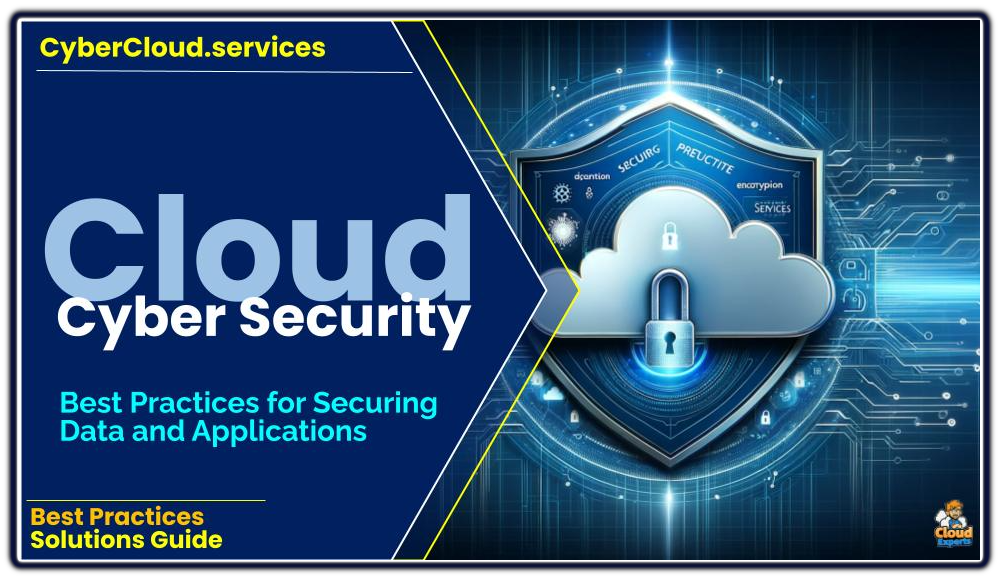Cloud Security
Cloud security is the set of cybersecurity measures used to protect cloud-based applications, data, and infrastructure.
The key dynamic of Cloud Security is what AWS defines as the 'Shared Responsibility Model'. This means the Cloud provider is responsible for what they control, and the customer for what they do.
Therefore your Cloud Security practices should address: i) Due diligence of the Cloud Providers security programs, and ii) direct implementation of controls needed to protect your own applications and data.


Enterprise Identity forms one of the core competencies of an overall CyberCloud Roadmap. This document provides an implementation template that can be tailored to your business needs.
Best Practices
Cloud Providers
The security systems implemented by Cloud providers to protect their environments, such as Azure 'Confidential Computing'. The CSA offer assurance schemes to help assess providers and make informed decisions.
Data Security
Encrypting data both in transit and at rest is essential to prevent unauthorized access. Utilize strong encryption algorithms to safeguard sensitive information.
Non Human Identities
NHIs, such as service accounts, API keys, and AI agents, are essential for automating workflows, integrating applications, and managing cloud services, but they are prime targets for cybercriminals due to their critical role in business processes.
Community >>
Directory listings for vendors and consultants offering solutions for this capability, and regular webinars to learn more...



Directory
Listings of Partners who specialize in
Enterprise Identity solution services.